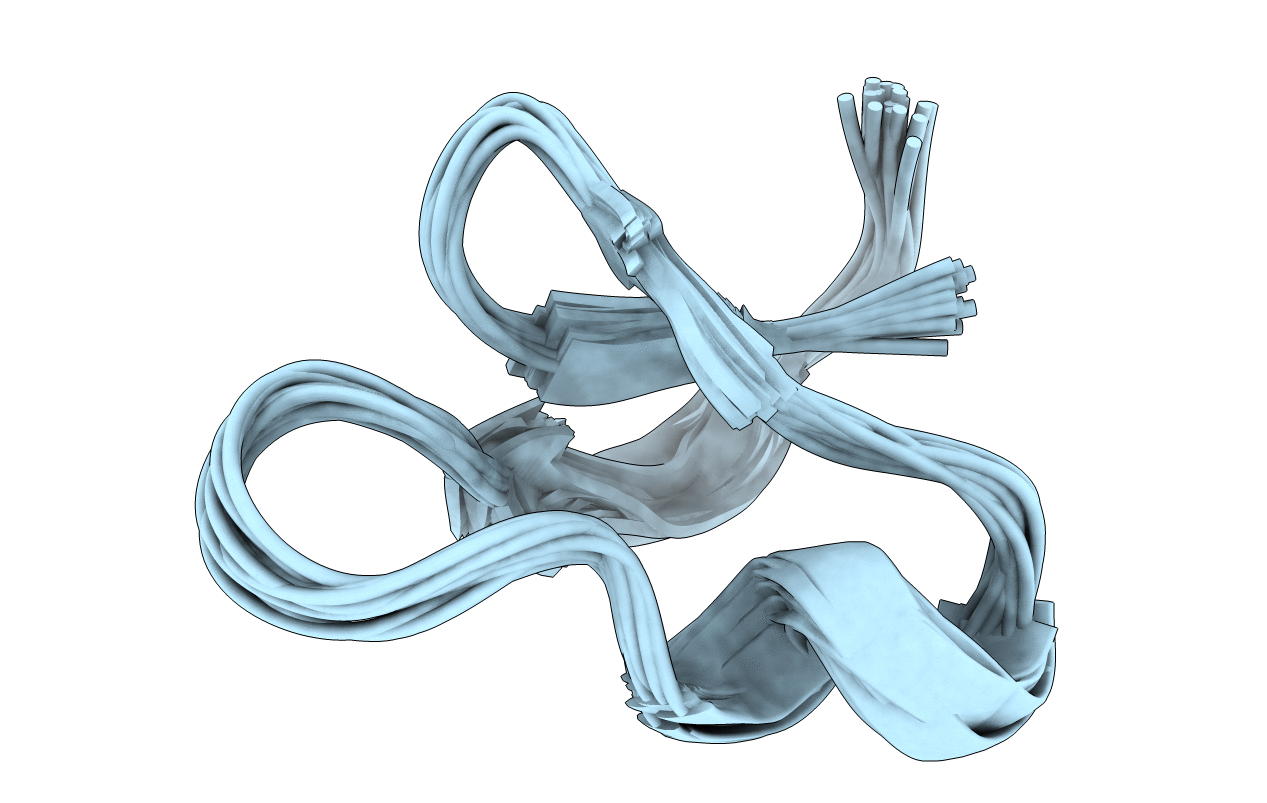
Deposition Date
2020-11-11
Release Date
2021-02-24
Last Version Date
2024-11-20
Method Details:
Experimental Method:
Conformers Calculated:
100
Conformers Submitted:
20
Selection Criteria:
structures with the least restraint violations


